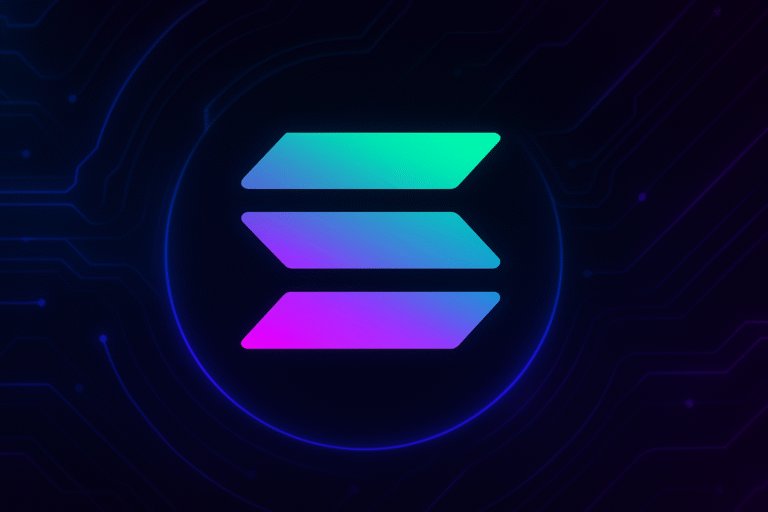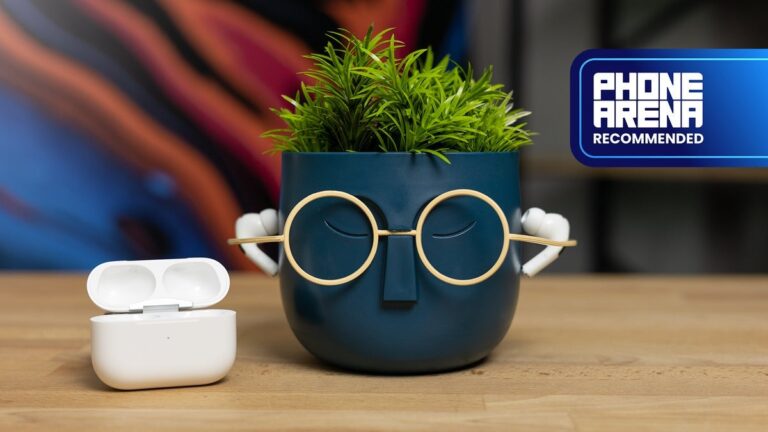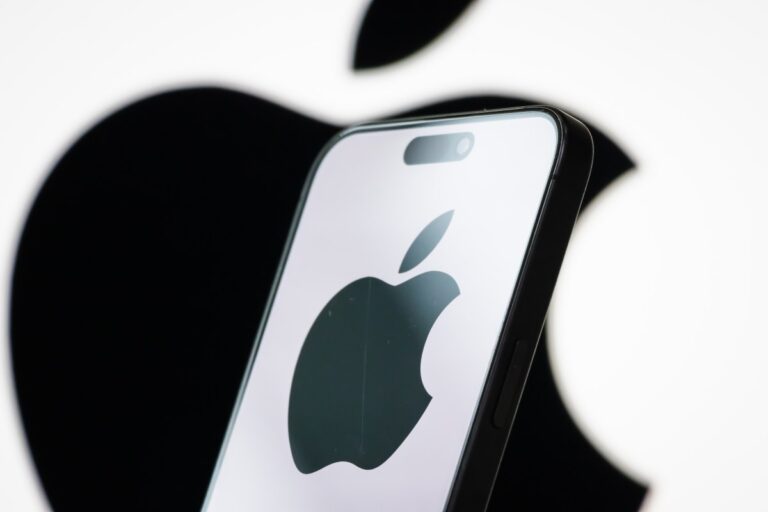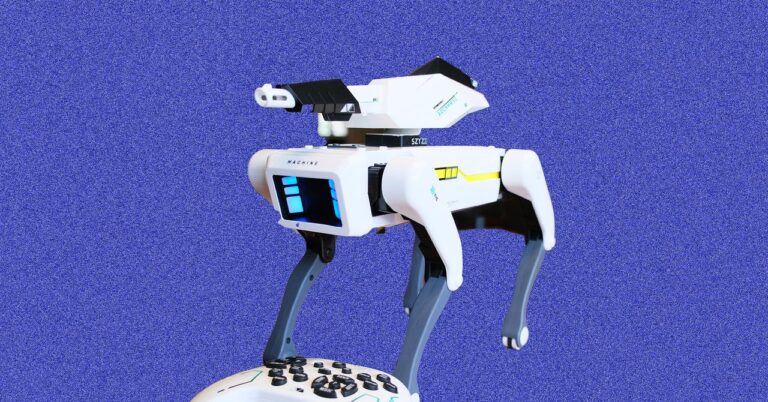Samsung Galaxy Z Flip 7 vs Galaxy S25: Is it time to get a flip phone?
Intro
Samsung’s next foldable flagship polishes and refines the flip idea further and is the best option if you want to dip your toes in this specific water, or should we say form factor.
On the other hand, we have rigid and conventional phones to choose from, and the Galaxy S25 is a perfect example, especially because it’s more or less the non-folding alternative of the Galaxy Z Flip 7.
So, let’s compare these two and see who wins the battle for the heart of the Samsung fan. A little disclaimer: the Galaxy Z Flip 7 is still inside our lab doing test rounds, so we will update the comparison with benchmarks and samples shortly.
Galaxy Z Flip 7 vs Galaxy S25 differences:
| Galaxy Z Flip 7 | Galaxy S25 |
|---|---|
| It’s a flexible flip phone, it bends in half | Hard as a rock, doesn’t bend (more than once) |
| A tad bigger, but folded it gets more compact | It’s more compact than the unfolded Z Flip 7 |
| Overall design is pretty similar, but it has a cover screen | Flat back, front and sides, no additional displays |
| Upgraded 50MP main camera | Main camera is pretty much the same |
| 1-120Hz AMOLED main display, 2600 nits brightness | 120Hz AMOLED display, same peak brightness |
| Bigger display at 6.9 inches, same pixel density | 6.2-inch display, 1080 x 2340 pixels resolution |
| 4.1-inch cover screen with 120Hz refresh rate | There’s no second screen on this one |
| Samsung’s newest Exynos 2500 silicon | Snapdragon 8 Elite for Galaxy here |
| 12GB of RAM | 12GB of RAM here as well |
| Bigger 4,300mAh battery | 4,000 mAh battery |
| The same charging speeds | 25W wired, 15W wireless charging |
| More expensive at $1099 | Cheaper at $799 for the base model |
Table of Contents:
Also read:
Design and Size
To flip or not to flip?
On the other hand, the Galaxy Z Flip 7 becomes this tiny square when folded, but it’s a bit thicker, and you also have to unfold it every time you need to do something complicated—the cover screen can only do so much.
So, at the end of the day, it’s whether you’re okay with folding and unfolding your phone tens of times a day or you prefer a “permanently unfolded” device, albeit a bit larger.
Here are some hard numbers when it comes to size and weight.
| Galaxy Z Flip 7 | Galaxy S25 |
|---|---|
| Thickness Unfolded: 6.5 mm Folded: 13.7 mm |
Thickness 7.2 mm |
| Dimensions Unfolded: 166.7 x 75.2 |
Dimensions 146.9 x 70.5 |
| Weight 188 grams |
Weight 162 grams |
| Galaxy Z Flip 7 | Galaxy S25 |
|---|---|
| – | Blue Black |
| – | Silver Shadow |
| – | Navy |
| Blue Shadow | Icy Blue |
| Mint (Samsung.com exclusive) | Mint |
| Jet Black | Pink Gold |
| Coral Red | Coral Red |
Display Differences
Two versus one
We’re back at the folding debate. Actually, the Galaxy Z Flip 7 sports a pretty big 6.9-inch main screen, which is an advantage over the 6.2-inch conventional screen of the Galaxy S25.
There’s, of course, a secondary cover screen, so you don’t have to open the phone every time you need to do something quick. This time around it’s a 4.1″ AMOLED with 120Hz refresh rate, so Samsung has upped its game with the Galaxy Z Flip 7.
| Galaxy Z Flip 7 | Galaxy S25 |
|---|---|
| Size Main screen: 6.9″ Cover screen: 4.1″ |
Size Main screen: 6.2″ |
| Brightness 2600 nits (peak) |
Brightness 2600 nits (peak) |
Both screens on the Galaxy Z Flip 7 have the 120 Hz refresh rate treatment, but the main one is an LTPO covering 1-120 Hz, while the cover has a fixed 60/120 Hz refresh rate. The Galaxy S25, of course, uses the same LTPO tech and is able to go between 1 and 120Hz with everything in between.
Performance and Software
Exynos vs Snapdragon
The Galaxy S25 managed around 3000 and 9000 points in the Geekbench single- and multi-core tests, which is a normal result for a Snapdragon 8 Elite phone.
| Galaxy Z Flip 7 | Galaxy S25 |
|---|---|
| Chip Samsung Exynos 2500 |
Chip Qualcomm Snapdragon 8 Elite |
| Process 3nm |
Process 3nm |
| RAM 12GB |
RAM 12GB |
The Galaxy Z Flip 7 launches with OneUI 8 out of the box over Android 16. Both the Galaxy Z Flip 7 and the Galaxy S25 will be supported for seven long years and will receive all the AI goodness that’s inevitably “to come” in the future. So, it’s more or less a tie in this section.
Camera
How badly do you need that telephoto?
Another area where these two phones are very, very similar. They both have 50MP main cameras with similar aperture and sensor size. The ultrawide cameras on both are also almost identical, with just a tiny difference in the FOV (probably the positioning of the lenses).
The biggest difference, of course, is the presence of a dedicated telephoto camera on the Galaxy S25. This will inevitably result in a higher camera score for the S25 when compared to the Galaxy Z Flip 7.
| Galaxy Z Flip 7 | Galaxy S25 |
|---|---|
| Main 50 MP f/1.8 23 mm (wide) 1/1.57″ |
Main 50 MP f/1.8 24 mm (wide) 1/1.56″ |
| Ultrawide 12 MP f/2.2 13 mm (ultrawide) 123 FOV |
Ultrawide 12 MP f/2.2 13 mm (ultrawide) 120 FOV |
| N/A | Telephoto 10 MP f/2.4 67mm 3x optical zoom |
Speaking of camera scores, the Galaxy S25 managed an overall score of 147 (out of 158), which is a pretty decent result! We don’t expect the Galaxy Z Flip 7 to be able to match that, but, as always, we will snap some comparison samples and see what the real-life differences are.
Battery Life and Charging
A slight advantage for the flip?
We have to bear in mind the fact that the Galaxy Z Flip 7 has two displays, so it potentially needs more power, but we need to run our battery tests to evaluate how much more exactly (if any). The Galaxy S25 scored 7h 6m overall in our battery test, which ranks it #60 among all phones tested in the past 2 years. Not great, not terrible—just a good average score.
| Galaxy Z Flip 7* | Galaxy S25 |
|---|---|
| Battery capacity 4300 mAh |
Battery capacity 4000 mAh |
|
Charging speeds 15W wireless charging USB-C |
Charging speeds 25W wired 15W wireless charging USB-C |
Charging speeds continue to be pretty slow on most Samsung devices, and the Galaxy S25 is no exception. 25W wired charging and 15W wireless are anything but fast, but it is what it is. Sadly, the Galaxy Z Flip 7 seems to adhere to these speeds, at least when it comes to wired charging, and won’t be setting any records either.
Specs Comparison
| Galaxy Z Flip 7 | Galaxy S25 |
|---|---|
| Size, weight 166.7 x 75.2 x 6.5 mm 188 g |
Size, weight 146.9 x 70.5 x 7.2 mm 162 g |
| Screen Main: 6.9″ AMOLED 1-120Hz 2600 nits peak Cover: 4.1″ 120Hz |
Screen Main: 6.2″ AMOLED 1-120Hz 2600 nits peak |
| Processor Samsung Exynos 2500 3nm |
Processor Qualcomm Snapdragon 8 Elite 3nm |
| Versions: 12/256GB 12/512GB LPDDR5 |
Versions: 12/128GB 12/256GB 12/512GB LPDDR5 |
| Cameras: 50MP main 12MP ultrawide 10MP front |
Cameras: 50MP main 12MP ultrawide 10MP telephoto 10MP front |
| Battery: 4300 mAh |
Battery: 4,000 mAh |
| Charging: USB-C 25W wired 15W wireless charging |
Charging: USB-C 25W wired 15W wireless charging |
Summary
The Galaxy S25 is cheaper, it has one additional telephoto camera, and it’s more compact than the unfolded Z Flip 7. But on the other hand, you can’t reproduce the experience of having a flip phone that folds in half, and those minor advantages we mention might be irrelevant if you’ve decided to go for it.
The Exynos 2500 inside the Galaxy Z Flip 7 remains a mystery (tests are running as we type this), but we doubt it will best the Snapdragon 8 Elite inside the S25.
We will update this comparison with all the benchmarks once we finish testing the Galaxy Z Flip 7, so stay tuned.






